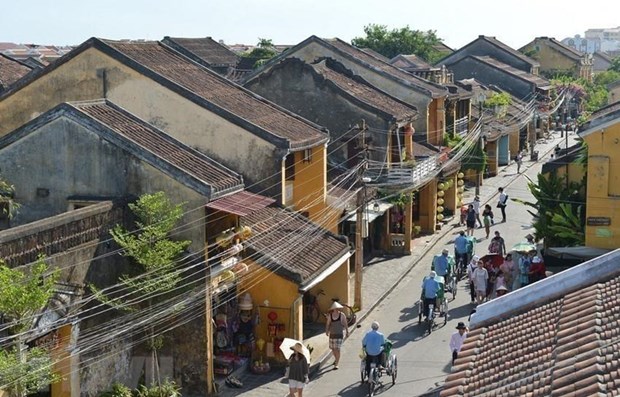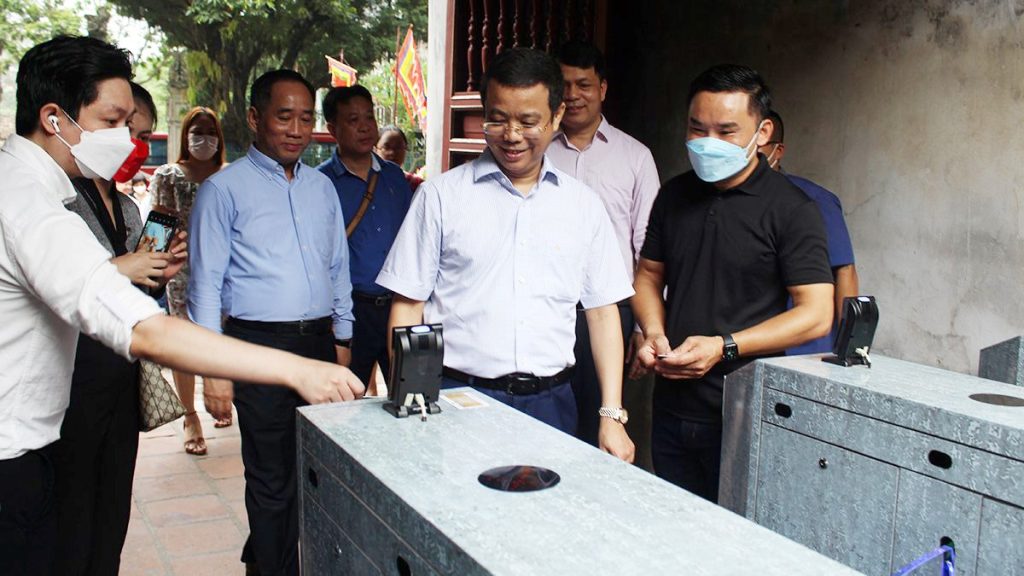The APTS establishes four main criteria that should be satisfied in Public Toilets in order to attain accepted standardised levels for tourism purposes. These criteria are: 1) Design and Environmental Management System; 2) Amenities and Facilities; 3) Cleanliness; 4) Safety.
The Amenities and Facilities criteria in Public Toilets refer generally to the provision of fittings, fixtures and amenities.
Fittings:
The supply lines and fittings for every plumbing fixture should be installed in a way that prevents backflow.
Fixtures:
Plumbing fixtures should be installed in a way that allows for easy access for cleaning and repair and in proper alignment with reference of the adjacent walls.
Fixtures should be defect less, have a smooth, non-porous surface and present no opportunity for concealed surfaces where dirt can easily accumulate and be hard to reach for cleansing.
Fixtures in Public Toilets have to be durable and of high quality given the high level of usage expected and should comply with relevant industry standards as accepted by the local government/authority/entity.
Fixtures in Public Toilets should be connected to the drain with corrosion resistant bolts or screws; joints to be sealed with elastomeric gasket, flange to fixture connection or an approved setting compound; joints formed where fixtures come in contact with walls or floors should be sealed.
Main fixtures in the Public Toilet premise are urinals, WCs and washbasins. These should not be closer than 45 cm from their center to any sidewall, partition, vanity top or other obstruction or closer than 90 cm center to center between adjacent fixtures. There should be at least 90 cm clearance in front of the WC, urinal or washbasin to any wall, fixture or door.
Cubicles containing WCs should be no less than 90 cm wide and 152.4 cm deep clear of opened doors (see section 1, accessible cubicles and accessible ambulant cubicles for appropriate cubicle dimensions for the disabled and ambulant people).
All cubicles should be provided with locks or latches to allow for privacy. Although accessible from the inside only, authorised outside access key access may be necessary in case of emergencies. Cubicle doors and partitions should be tightly fit so as to avoid any openings and without legs to allow for easy cleaning underneath.
Cubicle partitions should extend no less than 2 m above the floor level to allow for appropriate privacy and comfort.
Urinals
Urinals should be equipped with a flush valve and an automatic flush device to allow for flushing after use. The use of modern urinals, especially for new facilities, is recommended, as these allow for dual flush (a minimum of 3,4 litres to a maximum of 6 litres) and are therefore less water wasteful.9 The fittings of urinals are better concealed to avoid vandalism and support ease of maintenance. Urinals are individually hung units placed on toilet walls; they should be more than 30 cm wide and the lip of the urine collection area should protrude from the wall by at least 30 cm. Urinals should be separated from modesty boards of lo ness than 30 cm x 80 cm; modesty boards should be hung at full length – but not touching the floor – to allow for adequate privacy and for cleaning of the area below them. Urinals, which include a water cleansing system, can be considered for use by Muslim men providing a waste bin (hand-free with foot pedal) with liners is made available in the immediate vicinity (See Annex A, illustration 19). When two or more urinals are installed, one should be reserved to the use of children and hung at a level appropriate for this use.
WCs
WCs should be equipped with a flush valve and an automatic flush device to allow for flushing after use. The use of modern water closets, especially for new facilities, is recommended, as these allow for dual flush (a minimum of 3,4 litres to a maximum of 6 litres) and are therefore less water wasteful. WCs should preferably be hung on walls (without leg support to allow for easy cleaning) and should also be provided with hose and spring-loaded nozzles, one for each cubicle. When two or more WCs are installed, the use of sitting WCs with bidet incorporated should be considered – instead of squatting WCs – to minimise wetting of floors. In case squatting WCs had to be installed, then it is recommended only one should be fitted in the premise and possibly sited furthest away from the entrance; it should be equipped with hose and spring-loaded nozzles (instead of a sink with a bucket in order to avoid excessive wetting of floors) and a grab bar. The cubicle should be kerbed in such a way that the water will not flow out (as a result of cleansing activities) and the cubicle floor shall be properly graded towards the gully trap to collect excess water. It is advisable that the presence of a squatting facility be signalled. When two or more WCs are installed, one should be reserved to the use of children and hung at a level appropriate for this use. It is also recommended for male WCs to adopt the horse-shoe shaped sitting pan to minimize body part contact with it and therefore the risk of disease transmission. Annex A, illustration 22, 23 and 24.
Washbasins
Washbasins should be of appropriate size to allow for hand washing and grooming activities and also for avoiding splashing of water onto surrounding vanity, persons and floors. Washbasins should be casted inside vanity tops and located beneath the vanity. Vanity tops should be equipped with backsplash and apron edges. All washbasins should have self-closing delayed action taps to conserve water. Sensor activated taps could be considered to maximise hygiene; water pressure, tap & vanity position and flow direction should be designed so as to minimize water splashing. Where there are two or more washbasins, at least one should be hung at children’s reach. In public sites there should be a wash area located just outside the toilet.
Amenities: In Public Toilets Amenities refer to the following aspects:
– Appropriate provision of the following accessories:
Waste bins (hand-free with foot pedal) with liners.
Sanitary bins (hand-free with foot pedal) with liners.
Hand-dryer blower or tissue dispenser.
Sanitizers in every closet and urinal Refuse bins (for used tissues).
Medical sharps disposal unit.
Toilet brush.
Soap dispensers.
(Extra large) toilet paper roll holder/toilet tissue sheet dispenser.
WC/toilet pan seats.
Ablution taps (coupled with hose and spring-loaded nozzle in at least one WC cubicle of each male and female Public Toilet). Floor drains should be provided within the cubicle: the flooring should be properly graded toward the floor drain. Ablution equipped areas should have proper signage to identify such facility on the cubicle door and should be in close proximity to the prayer area. (See Annex A, illustration 20 and 21).
Water hoses (in at least one cubicle).
Mirrors.
Clothes hangers (durable, of sufficient strength to support a minimum of 7 kilograms) to be placed at the back of each cubicle’s doors.
Mop sink utilised by cleaning and maintenance personnel to clean and sanitize sited in a separate room, located closest as possible to the public toilet premise. This area should also host space for storing toilet consumable items, cleaning equipment and cleaning agents/material used to clean dry and sanitize the toilet (providing secure storage for hazardous material, i.e. cleaning chemicals). WC and urinal sanitizers (tablets, liquid sanitizers: not to be connected to the water supply of the fixture to avoid water contamination).
Case secured electrical socket to be safely placed on the toilet premise wall at minimum two metres above the ground.
– Optional provision of amenities such as:
Wash areas (i.e. showers, basins) outside Public Toilets serving beaches and wet markets.
Diaper changing benches or tables, child seats, placed in toilet locations frequently visited by families.
Sanitary pads distributing machines located immediately outside the toilet premise.
Tourism Information Technology Center




